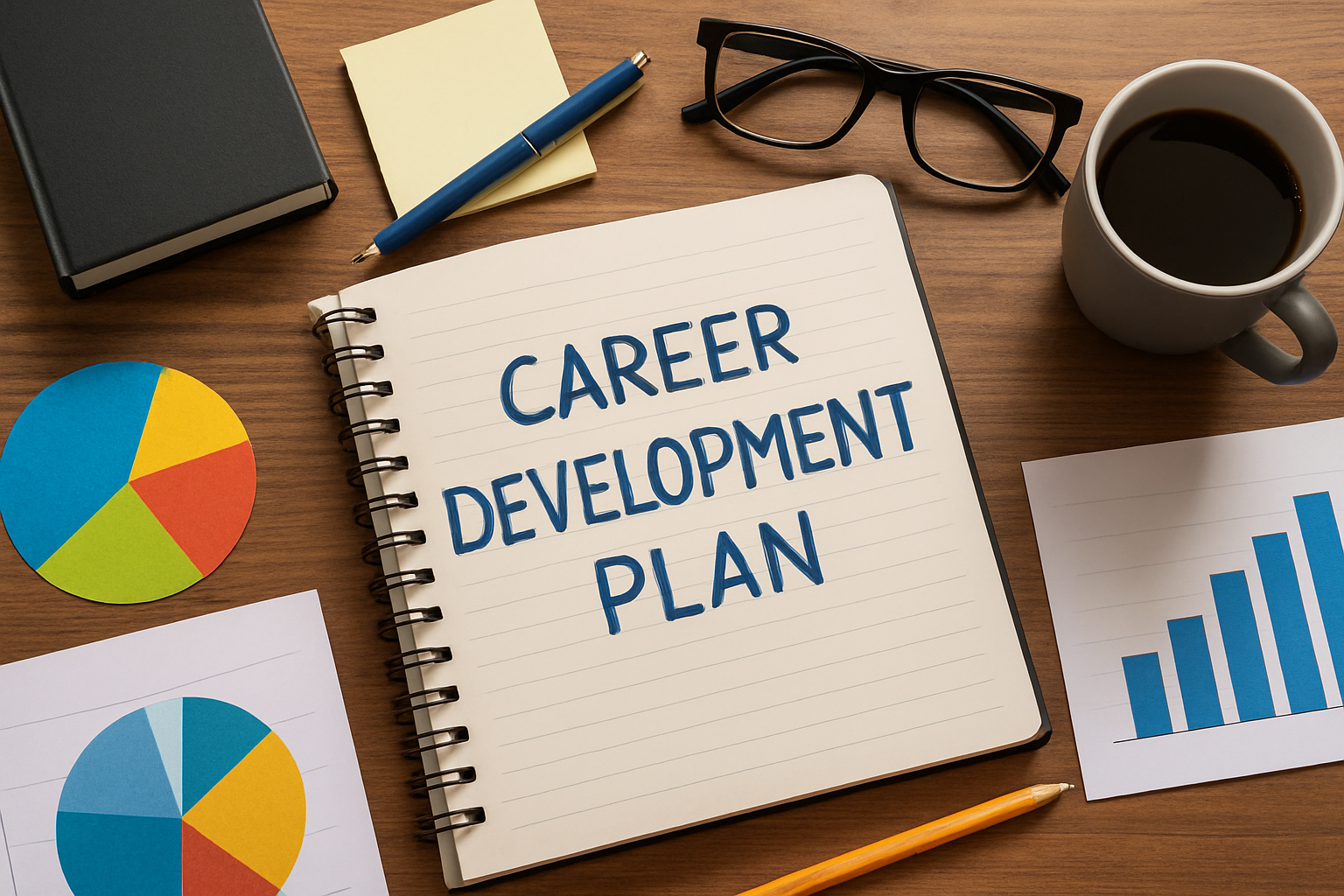Achieving long-term career success doesn’t happen by accident — it requires clear direction, strategic planning, and consistent action. A career development plan is a powerful tool that helps you define your professional goals, identify the skills you need to develop, and outline a path to reach your aspirations. In this article, we’ll guide you through the steps to create an effective career development plan that propels your career forward.
Understand Where You Are Today
The first step in career planning is self-assessment. Take time to reflect on:
- Your current job role and responsibilities
- Your strengths and talents
- Areas where you want or need improvement
- What aspects of your work you enjoy most (and least)
Understanding your current position gives you a realistic foundation for planning your next moves.
Define Your Long-Term Career Goals
Where do you want to be in five, ten, or even twenty years? Your goals might include:
- Reaching a specific job title or leadership role
- Working in a particular industry or organization
- Developing expertise in a specific skill set
- Achieving a healthy work-life balance
Clarifying your ultimate vision helps you set meaningful milestones and stay motivated.
Set Short-Term and Mid-Term Goals
Long-term goals can seem overwhelming without smaller steps along the way. Set short-term (6 months to 1 year) and mid-term (1 to 5 years) goals that serve as building blocks toward your ultimate vision. These goals could include:
- Earning a certification
- Completing a major project
- Expanding your professional network
- Gaining leadership experience
Short- and mid-term goals create a manageable roadmap for steady progress.
Identify Skill Gaps
Compare your current skills to the requirements for your future goals. Identify gaps you need to fill, such as:
- Technical skills
- Leadership capabilities
- Communication abilities
- Industry-specific knowledge
Acknowledging these gaps allows you to prioritize learning and development efforts strategically.
Create an Action Plan
An action plan outlines the specific steps you’ll take to achieve your goals. Your action plan might include:
- Enrolling in courses or training programs
- Seeking mentorship or coaching
- Volunteering for projects that build key skills
- Attending industry conferences or networking events
- Setting measurable milestones for each goal
The more detailed your action plan, the easier it will be to stay on track.
Set Deadlines and Track Progress
Assign realistic deadlines to each step in your action plan. Regularly review your progress — monthly or quarterly — to evaluate:
- What you’ve accomplished
- What obstacles you’ve encountered
- Whether adjustments are needed
Tracking progress ensures that you stay focused and accountable.
Be Flexible and Adaptable
Your interests, industry trends, or life circumstances may change over time. Be open to reassessing your goals and updating your plan accordingly. Flexibility allows you to seize unexpected opportunities while remaining aligned with your broader vision.
Celebrate Your Achievements
Recognizing and celebrating milestones keeps you motivated. Whether it’s completing a course, getting a promotion, or learning a new skill, take time to acknowledge your achievements and appreciate how far you’ve come.
Take Control of Your Career Journey
A career development plan empowers you to take control of your professional growth, rather than leaving your future to chance. By setting clear goals, identifying necessary skills, creating a detailed action plan, and adapting as needed, you build a solid path toward long-term success and fulfillment. Start crafting your career development plan today — your future self will thank you.

